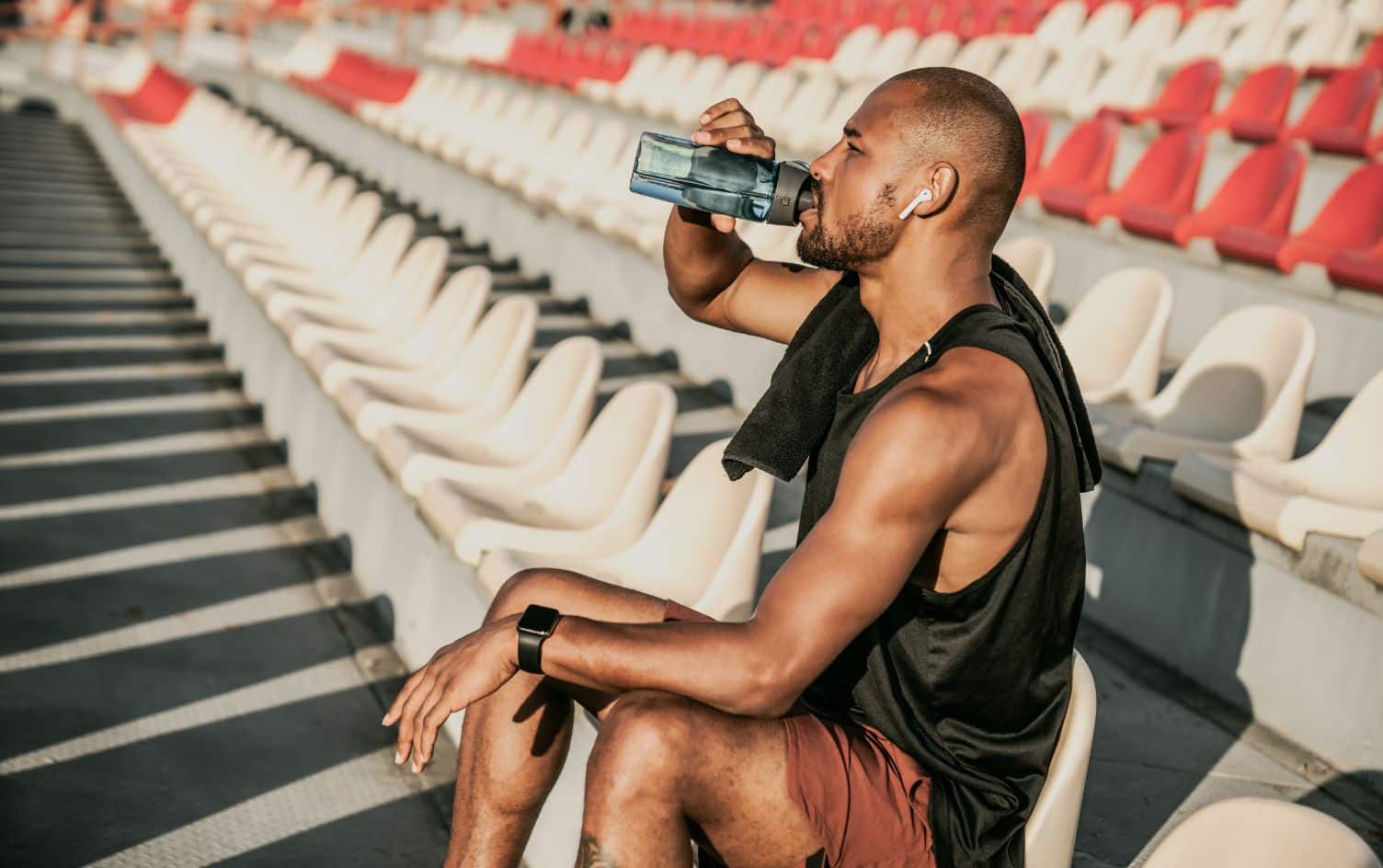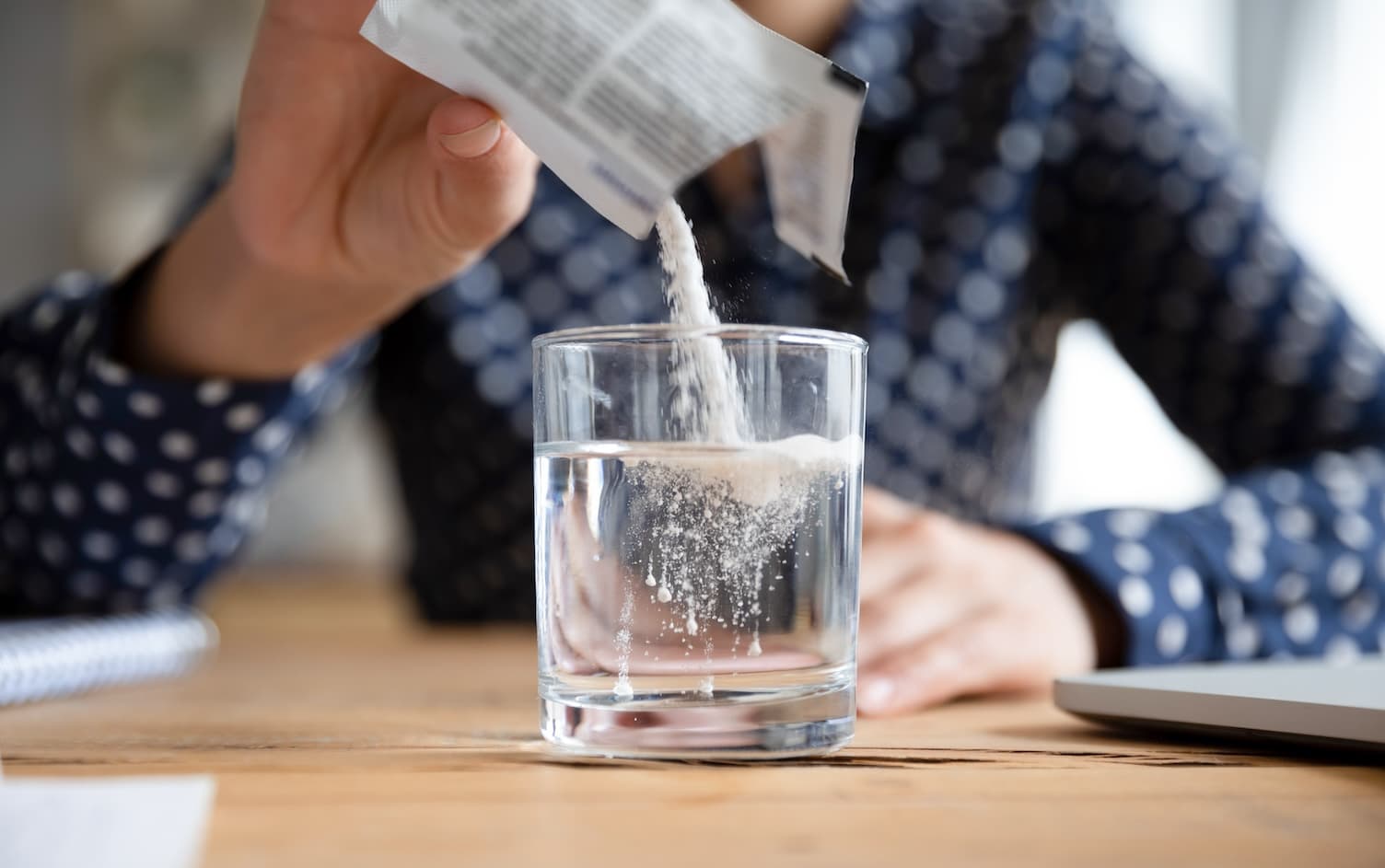Most people put a lot of thought into their workout playlist, as science has shown us time and time again that finding that perfect beat can help us stride stronger, lift heavier and push longer. But what about when the workout ends, your breath slows, and it’s time to go home?
It turns out you’ll want to keep those tunes streaming. A recent study in the journal Medicine & Science in Sports & Exercise revealed that listening to slow, relaxing music during your cooldown can help you get the most out of the sweat session you just finished.
THE STUDY
Researchers looked at 42 university students — 21 women, 21 men — who completed a cycling workout to exhaustion three different times, cooled down for 3 minutes, then sat in a comfy chair for 30 minutes for “passive recovery.” During that passive recovery, each student listened to a different kind of music. After the first workout, it was what researchers described as slow, sedative music at about 70 beats per minute (BPM). The second called for fast, stimulative music at 130 BPM. The third, acting as a control, had no music. They measured cortisol levels, a hormone released in response to stress — in this case, a workout — heart rate and blood pressure both before and immediately after the sessions.
What they found is interesting: When the students listened to the fast, 130 BPM music, their cortisol levels increased the most. And when they listened to slow, 70 BPM songs, cortisol returned to normal the fastest. Neither of these are bad when it comes to recovery.
Immediately after your workout, higher cortisol levels are ideal because it increases anti-inflammatory activity in your muscles, which speeds up the repair process. But you don’t want cortisol to spike for too long because then your body stays in fight-or-flight mode, which can be exhausting. That’s why, once you’re done cooling down, it’s good for your cortisol levels to return to normal as soon as possible — it’s when real recovery happens.
THE 3-MINUTE RULE
So, based on this research, the best-case scenario would involve combining the two. In your cooldown, keep the faster tunes flowing to keep those cortisol levels high. But after 3 minutes, transition to tunes giving off a more relaxed vibe so you can get the recovery juices flowing. Your playlist should also last between 20–30 minutes, as that’s what scientists found to be most effective.
But we’re not going to give you all of this info and ship you off to be your own master DJ. (Props to you if you have those skills, though.) Instead, we enlisted the help of Shanon Cook, a Spotify trends expert, who curated the list below. It starts with a song at 80 BPM to ease you in (a spa version of Justin Bieber’s “Sorry,” no less), and gradually slows to that 70 BPM sweetspot.




